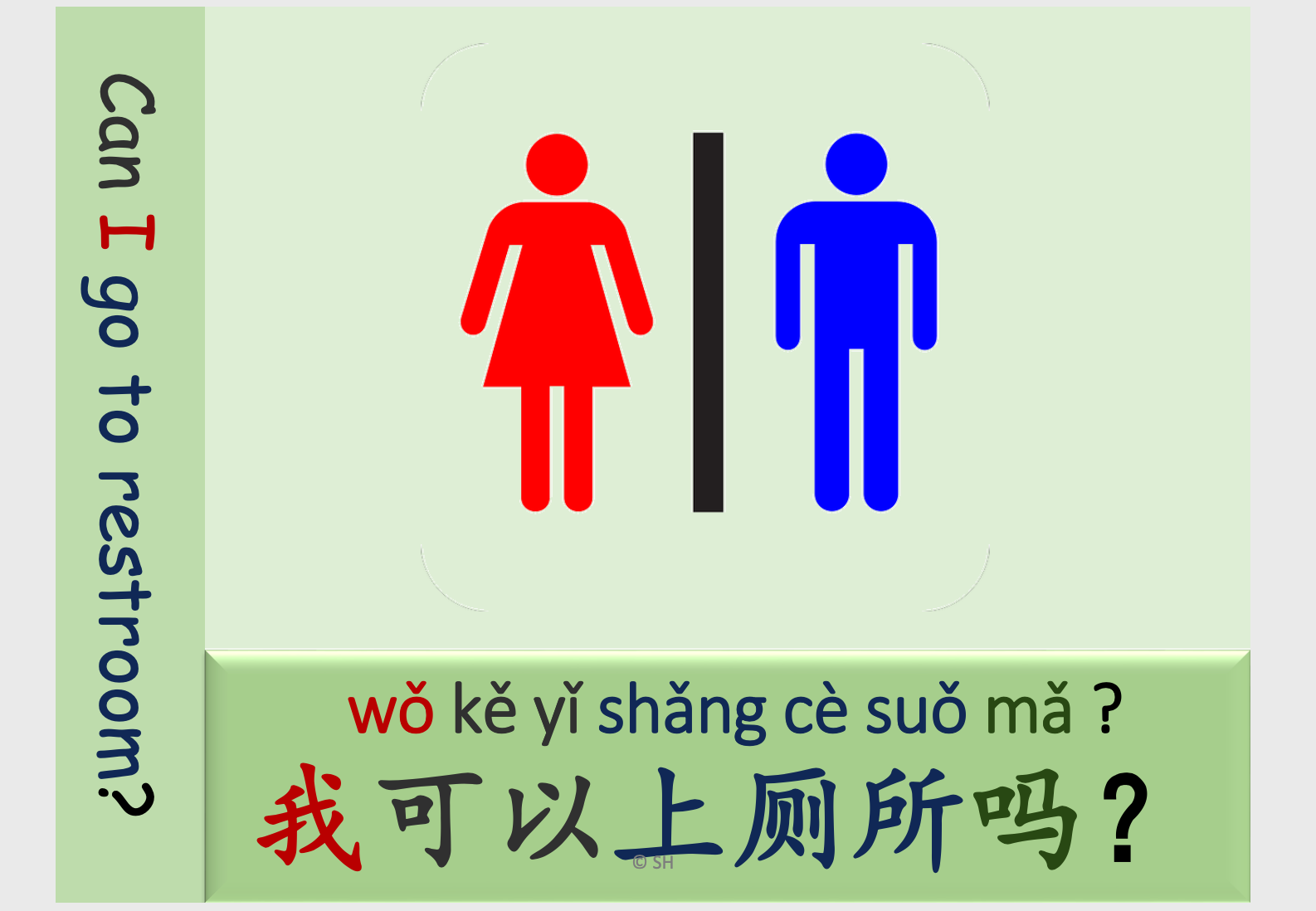Mandarin
Mr Parker Yang

Mandarin
Mr Parker Yang
Term 2 Mandarin Learning overviews
Prep and year 1
In term two, students continue to identify the features of formal language used in school contexts, such as using titles to address teachers and peers in Chinese. They learn to reproduce the four tones and recognise how they can change the meaning of the words. The students explore the functions of Pinyin, use gestures to understand the difference between the tones and identify initials that are similar to English consonants. They also reinforce the knowledge of numbers and expand their vocabulary to familiar topics, such as family and friends.
Year 2/3
In term two, students continue to recognize Chinese characters as a form of writing and Pinyin as the spelled-out sounds of spoken Chinese. They can identify Chinese characters from other forms of written expression and understand that each character has meaning. They participate in class routines, structured conversations and activities using teacher modelled tones and rhythms, such as asking for permissions in the classroom and referring to people and locations in the school setting.
Year 4/5/6
In term two, students learn to use different sentence structures to express themselves in Chinese. They learn to replace words in modelled sentences to express a particular meaning and understand the specific word order in a Chinese sentence. The students respond to questions about people and aspects of daily school life. They learn to explain words and phrases to peers or the teachers, using gestures and actions to help convey meaning.
Chinese Leader Meeting
We hold meetings every Friday at lunch break to brainstorm ideas to improve our Chinese learning at Trinity. Each week, we reflect and give feedback to the strategies we tried in the past week and discuss potential opportunities to expand our language use in the school. As a result of the discussion, the year 6 Chinese leaders are now taking turns to stand at the gate in the morning and greet all students and parents with “Good Morning” in Chinese (which is “zao shang hao”).
In classrooms, we are also learning more functional phrases we could use in our daily school life, for example asking permission to “go to the toilet” and to “have a drink”. Our goal is to create a habit of using the phrases and sentences in the Mandarin lessons and to use them frequently in the everyday interactions.


谢谢(xie xie)!
Mr. Yang